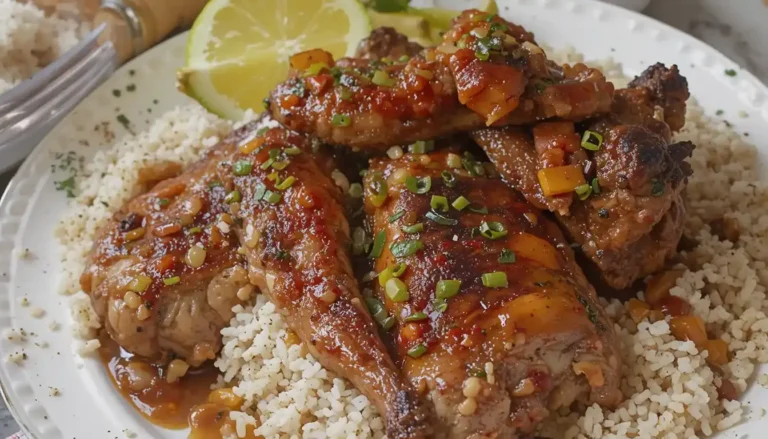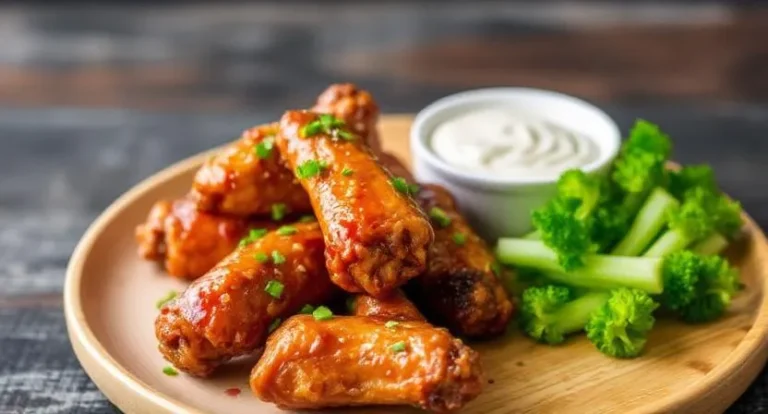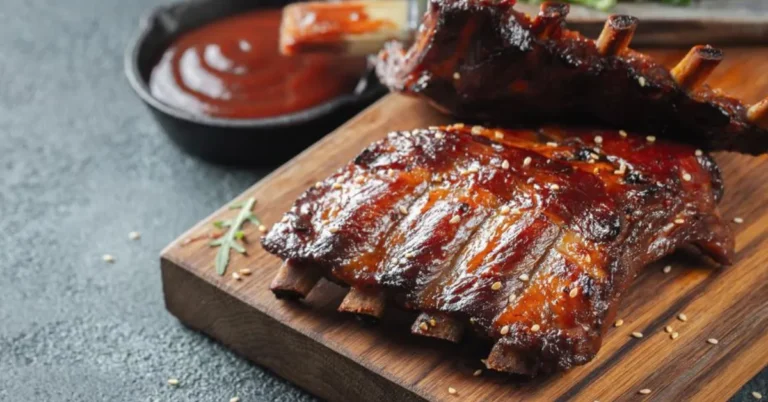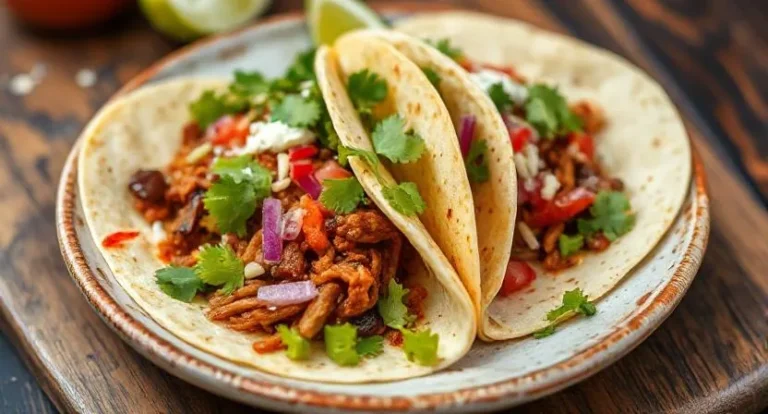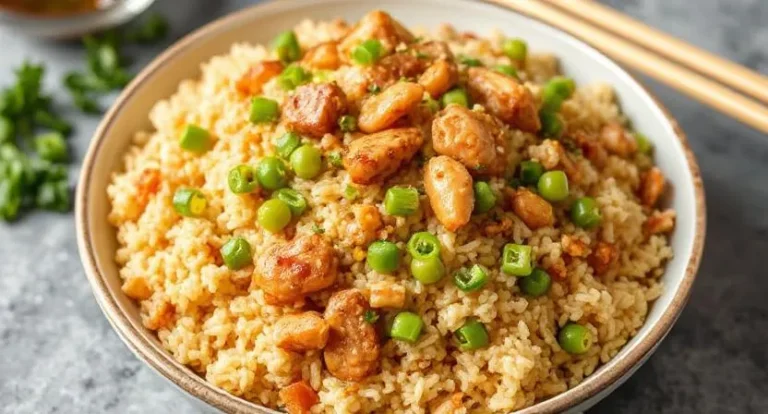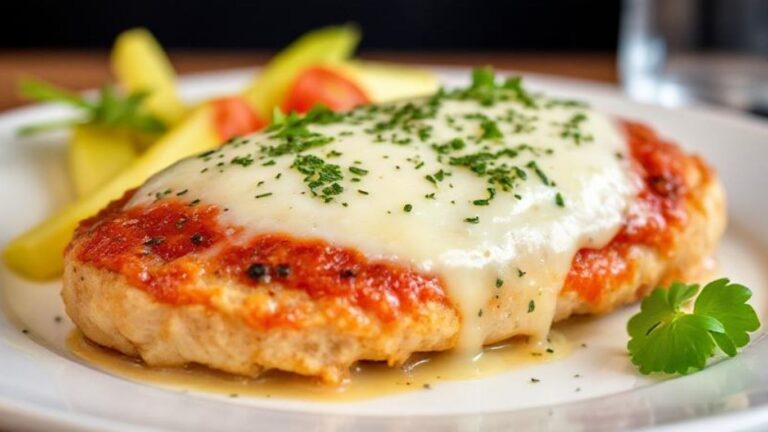Braised Beef and Onions
Braised beef and onions is the epitome of old-world comfort—savory, tender, and steeped in tradition. With fork-soft beef swimming in a rich, onion-laced gravy, this timeless classic transforms humble ingredients into soul-warming splendor. Slowly simmered to perfection, the dish captures the essence of home-cooked satisfaction. Whether spooned over mashed potatoes, tangled with buttered noodles, or paired with warm, crusty bread, this hearty fare feels like a hug on a plate.
Below is your all-inclusive roadmap to crafting braised beef and onions at its finest. From selecting the perfect cut to understanding the science of braising and layering deep flavor, this guide takes you step-by-step to ensure a melt-in-your-mouth result every time.
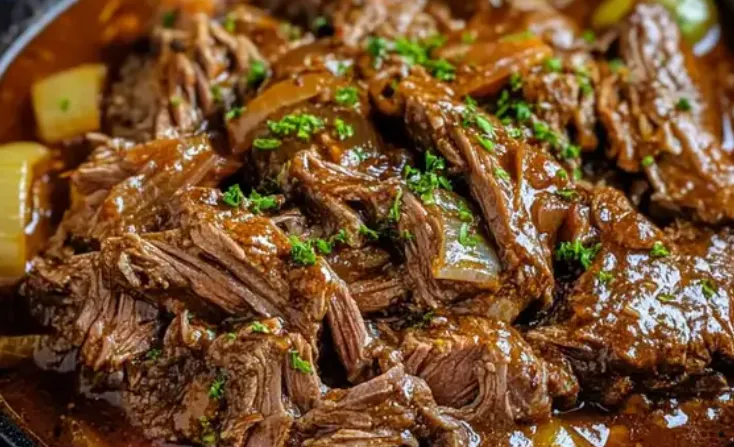
What Is Braised Beef and Onions?
Braising is the elegant fusion of two techniques—high-heat searing followed by low-and-slow simmering in a flavorful liquid. The beef is first browned to develop a golden crust, then gently cooked in broth or wine with onions and herbs. As it simmers, the connective tissues break down, yielding decadently tender meat.
The onions are more than a side note. They melt into the broth, infusing the sauce with their natural sweetness and depth. The result is a robust, aromatic dish layered with complexity and comfort—one that pairs beautifully with a variety of sides.
Best Cuts of Beef for Braising
Not every cut is made for slow simmering. Look for tough, sinewy, collagen-rich cuts that thrive in moist heat—they’ll transform into something sublime.
Top Picks for Braised Beef:
- Chuck Roast – The ultimate braising champion, with beautiful marbling and incredible tenderness after cooking.
- Beef Short Ribs – Rich, meaty, and full of flavor. They fall apart beautifully.
- Brisket – Slightly leaner, but bold in flavor and ideal for slow cooking.
- Shank (Osso Buco) – Loaded with connective tissue, which turns silky and luscious when braised.
- Round Roast (Bottom or Top Round) – Less fatty but can be delicious if handled with care.
Avoid lean, delicate cuts like sirloin or filet—they’re too refined for braising and tend to dry out.
Key Ingredients for Braised Beef and Onions
This dish isn’t about extravagance—it’s about quality and intention. With just a few stellar ingredients, you can craft a dish that tastes like it came from a bistro kitchen.
- Beef – Choose chuck or short ribs for ideal texture and flavor.
- Onions – Yellow onions work best, releasing sweetness as they break down.
- Garlic – Brings aromatic depth.
- Beef Broth – The flavorful foundation of the braising liquid.
- Red Wine (optional, but wonderful) – Adds body, richness, and subtle acidity.
- Tomato Paste – Deepens the umami and balances sweetness with a hint of tang.
- Worcestershire or Soy Sauce – Enhances the meaty savoriness.
- Herbs – A few sprigs of thyme, rosemary, and bay leaves create fragrant nuance.
- Butter and Flour – Thickens the gravy into velvet.
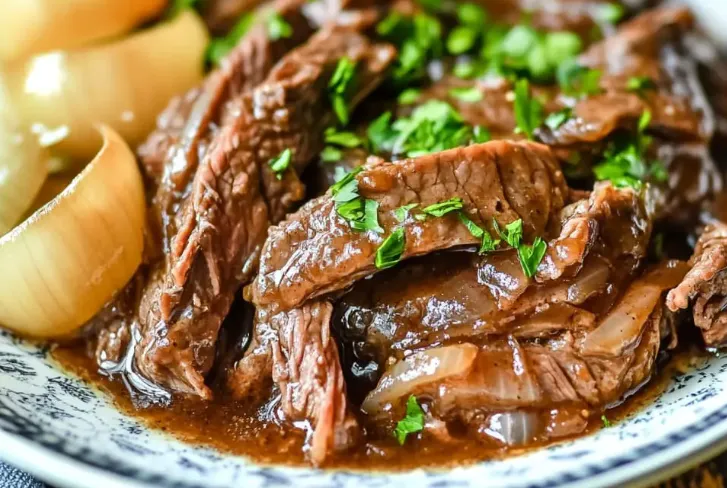
How to Make Braised Beef and Onions: Step-by-Step
This recipe is a slow-burn love letter to the craft of cooking. Take your time—it’s worth every minute.
Step 1: Prep the Players
- Pat beef dry—this ensures proper browning.
- Season liberally with salt and black pepper.
- Slice onions into thin, even strands.
- Mince garlic finely for maximum aroma.
Step 2: Sear the Beef
- Heat oil in a Dutch oven over medium-high.
- Sear the beef until deeply bronzed on all sides—about 4–5 minutes per side.
- Remove and set aside.
Step 3: Caramelize the Onions
- Reduce heat to medium. Add a splash more oil if needed.
- Add onions and cook until golden, stirring occasionally—about 15–20 minutes.
- Add garlic and sauté for another minute.
Step 4: Deglaze with
- Stir in tomato paste and cook for 1–2 minutes.
- Add wine and scrape the pot’s fond (those glorious browned bits).
- Let the wine reduce by half.
Step 5: Add Braising Liquid
- Pour in beef broth—just enough to cover the beef about ¾ of the way.
- Add Worcestershire or soy sauce.
- Toss in thyme, bay leaves, and rosemary.
Step 6: Slow Braise in the Oven
- Nestle beef back into the pot.
- Bring to a low simmer, cover, and transfer to a 325°F (163°C) oven.
- Braise for 2½ to 3 hours, flipping halfway through.
Step 7: Craft the Gravy
- Once beef is exquisitely tender, remove it from the pot.
- Strain the liquid; discard the herb stems.
- If thin, whisk in a slurry of flour or cornstarch to thicken.
- Return beef to the pot and coat with that silky, flavorful sauce.
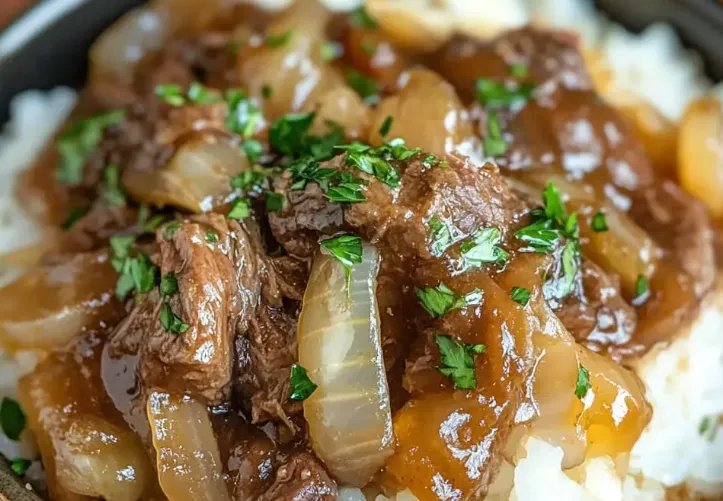
Serving Suggestions
This dish begs to be paired with something equally comforting. Try one of these soul-soothing sides:
- Mashed Potatoes – Creamy and dreamy, they soak up every drop.
- Buttered Egg Noodles – Perfectly simple, perfectly satisfying.
- Crusty Artisan Bread – Ideal for swiping up every last trace of gravy.
- Roasted Root Veggies – Think carrots, parsnips, and Brussels sprouts for an earthy counterpoint.
How to Store and Reheat Leftovers
Storage Tips:
- Cool completely, then store in airtight containers.
- Keep in the fridge for up to 4 days.
- Freeze for up to 3 months for longer storage.
Reheating Instructions:
- Reheat gently on the stovetop over low heat with a splash of broth.
- Alternatively, warm in a 300°F (150°C) oven for 20–30 minutes.
Why This Dish Deserves a Spot in Your Rotation
Braised beef and onions is classic, comforting, and deeply satisfying. It’s the kind of meal that turns an ordinary evening into a memorable gathering. Ideal for Sunday dinners, special occasions, or make-ahead meal prep—it’s endlessly versatile and always impressive.
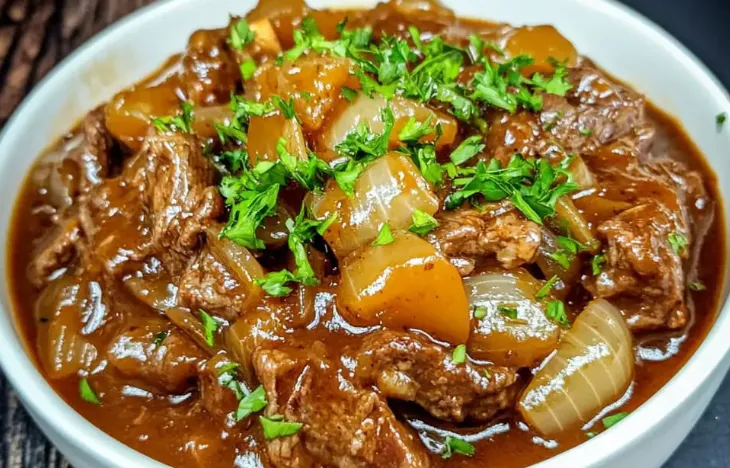
Frequently Asked Questions (FAQ)
Can I make braised beef and onions ahead of time?
Absolutely. In fact, this dish often tastes even better the next day. Simply let it cool, store it in the refrigerator, and reheat gently before serving to allow the flavors to deepen.
Can I make it without wine?
Yes. While red wine adds richness and depth, you can substitute with additional beef broth or a splash of balsamic vinegar for acidity.
What kind of pot is best for braising?
A heavy-bottomed Dutch oven with a tight-fitting lid is ideal. It distributes heat evenly and locks in moisture during long cooking times.
Can I use a slow cooker instead of the oven?
Yes. After searing the beef and caramelizing the onions, transfer everything to a slow cooker and cook on low for 7–8 hours or on high for 4–5 hours.
How do I know when the beef is done?
When it’s fork-tender and easily shreds with minimal resistance, it’s done. You shouldn’t need a knife—just a gentle nudge.
Can I add vegetables to the braise?
Certainly. Carrots, celery, or mushrooms make great additions. Add them halfway through the cooking process so they don’t turn to mush.
Conclusion
Braised beef and onions is more than a meal—it’s a ritual of patience, depth, and reward. With every step, from the golden sear to the slow, fragrant simmer, you’re building a dish that speaks the language of comfort and tradition. Whether it graces your weeknight table or anchors a special occasion, this recipe delivers tenderness, complexity, and the kind of rich, warming flavors that linger in memory.
So pour yourself a glass of something red, let the aromas fill your kitchen, and savor the experience—because dishes like this aren’t just cooked, they’re crafted.

